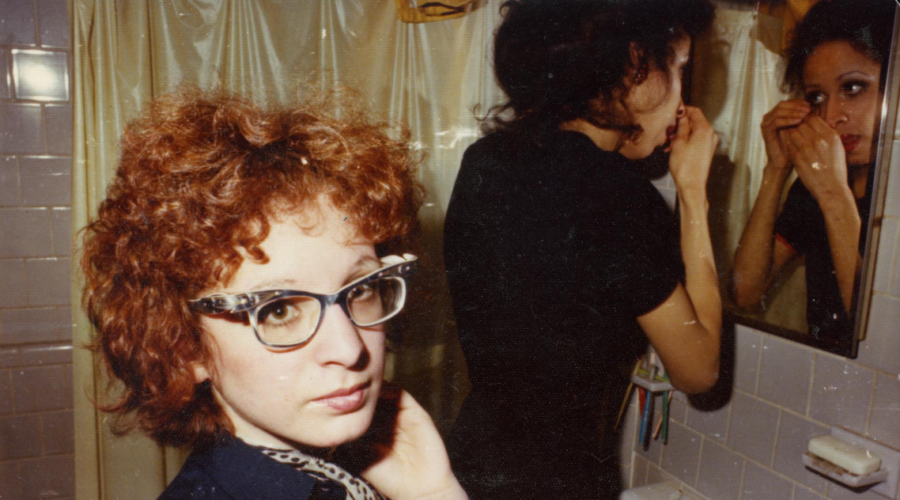For Nan Goldin “survival was an art,” photography “a sublimation for sex,” and the art world “bullshit. Times Square was real life.” These are just some of the insights gleaned from Laura Poitras’s (Citizenfour, My Country, My Country) latest likely Oscar contender All the Beauty and the Bloodshed, a quietly poignant portrait of an almost accidental artist and reluctant activist; one who could never quite compartmentalize the personal and the political – to both the benefit of society and at heavy cost to her own mental health.
“Even if you don’t unleash the memories the effect is still there,” Goldin says right at the start, an admission that certainly won’t come as much of a surprise to anyone familiar with Goldin’s decades-built body of work. From the autobiographical, gender norm-critiquing “The Ballad of Sexual Dependency,” to her AIDS-focused “Witness: Against Our Vanishing” (which the NEA censored in ’89) – along with “The Other Side,” “Sisters, Saints and Sibyls,” and “Memory Lost” – Poitras revisits Goldin’s bombshell images while deftly pairing audio interviews she recorded (during pandemic lockdown) to allow the acclaimed photographer to both candidly reflect and safely “strip bare,” so to speak.
And the result is every bit as beautifully vulnerable as Goldin’s own art. Regarding the drag queens she knew, “They were running away from America – and found each other,” the artist explains. As for their reaction to seeing themselves reflected in Goldin’s tender loving images, “Oh, I didn’t know I was that beautiful,” was often the response. “Which is exactly what I wanted them to feel,” she tells Poitras. (“Normal people were marginalized to us,” she later adds.) Or as one gay man accurately explains about his longtime friend’s work, Goldin “photographs from our side.” In other words, what the general public viewed as cinematic “characters,” to those on the inside were just people being themselves. Which at the time was a revelation. And actually still is.
Interestingly, for a film that opens with and closely follows Goldin’s current ongoing project – taking down the accountability-avoiding Sackler family behind Purdue Pharma and the opioid crisis, and thus Goldin’s own addiction – when it comes to the artist-activist’s personal life she’s a bit more hesitant to turn the lens on herself. “I was dancing to have money to buy film,” is all she’ll say about the Jersey go-go bars she once worked at (other than the fact that the Garden State allowed girls to keep more clothes on than New York did). Then again, Goldin did bravely share with Poitras such intimacies as her doomed older sister’s psychiatric hospital records, which included a Rorschach test that determined Barbara’s unfitness for polite society. “She sees the future, and all the beauty and the bloodshed,” it reads. Barbara it seems was both a Cassandra and a Rosebud to her younger sibling, who in turn viscerally and visually transformed one poetic diagnosis into a lifetime of high art.

